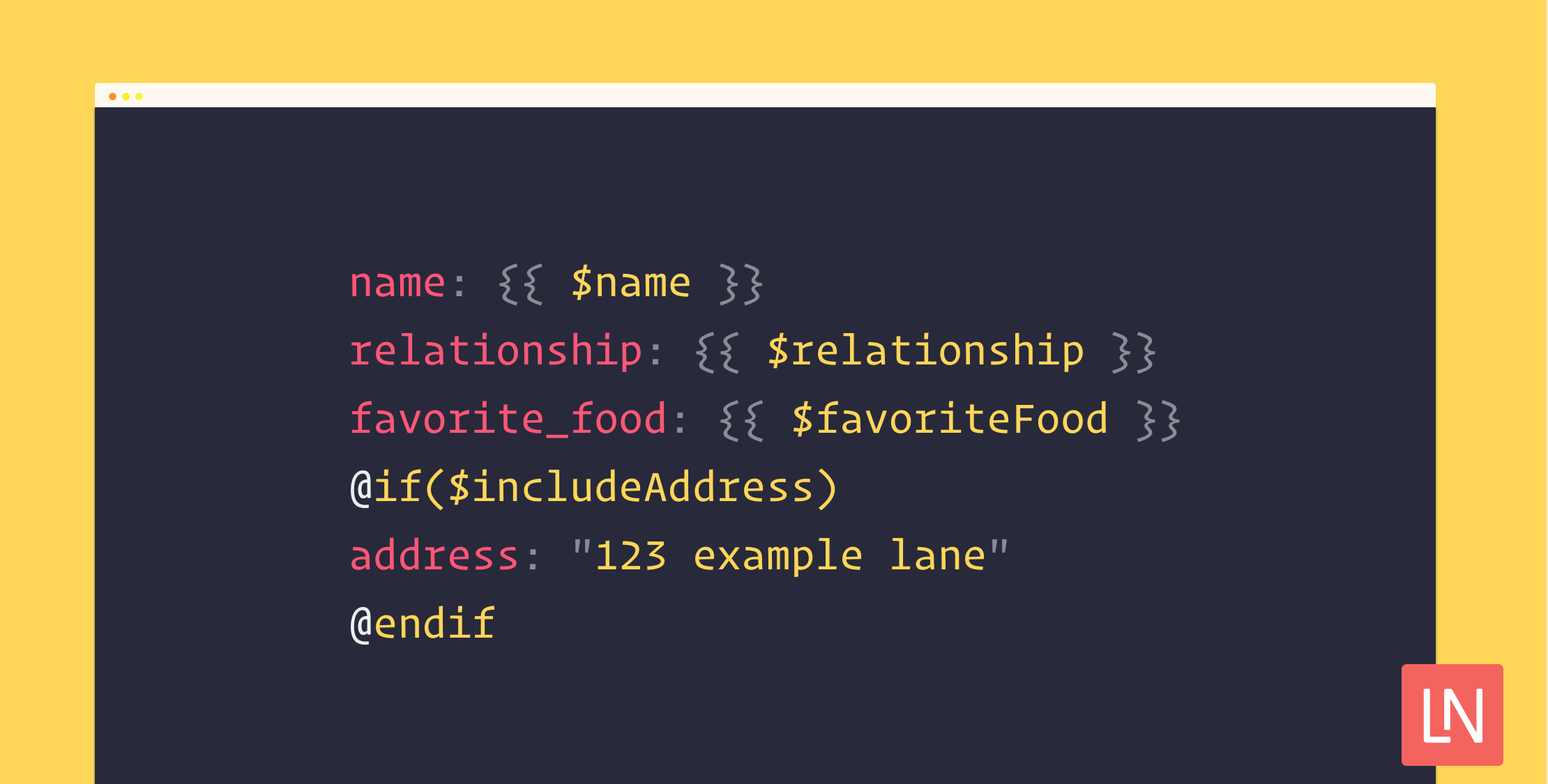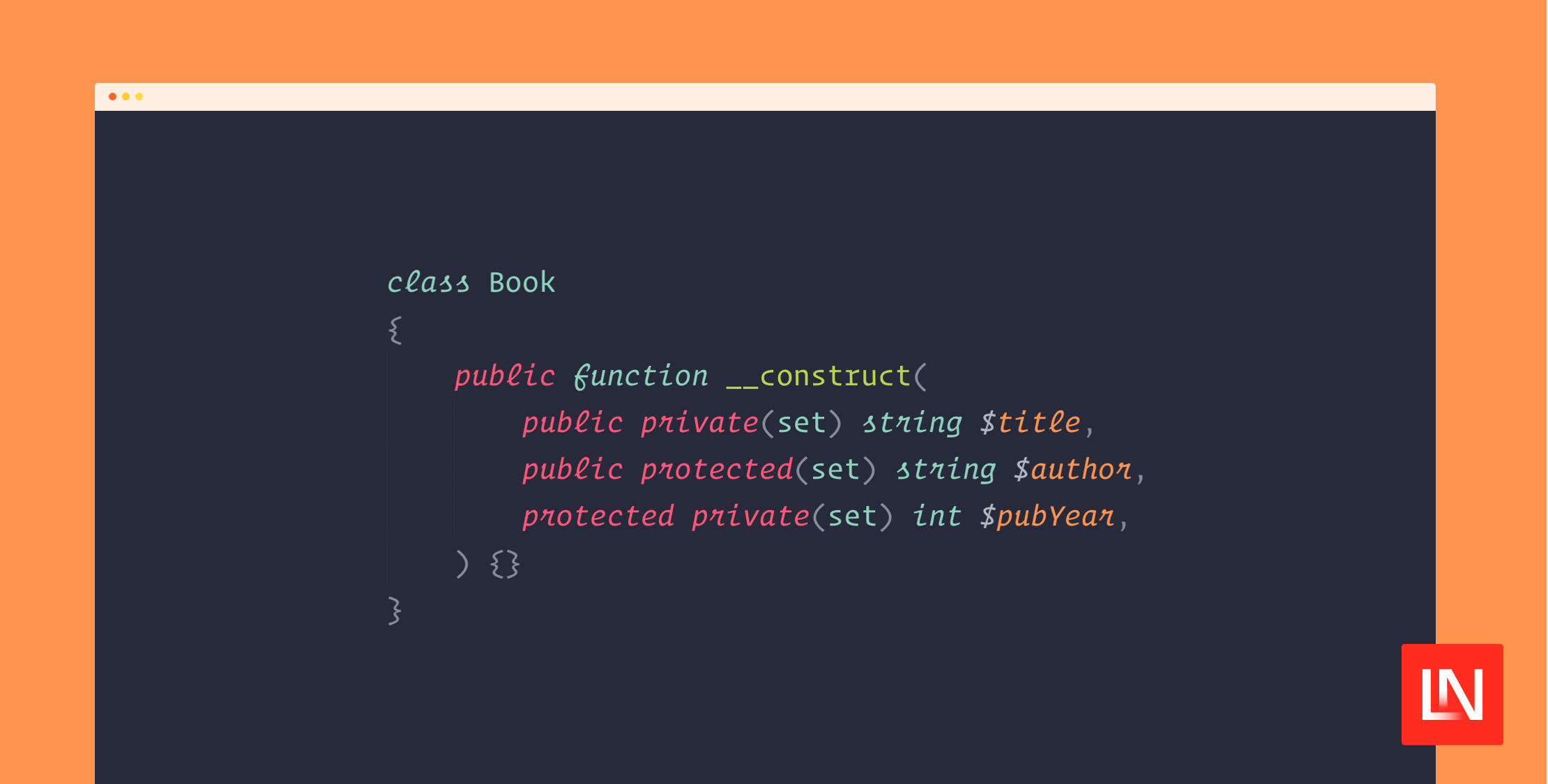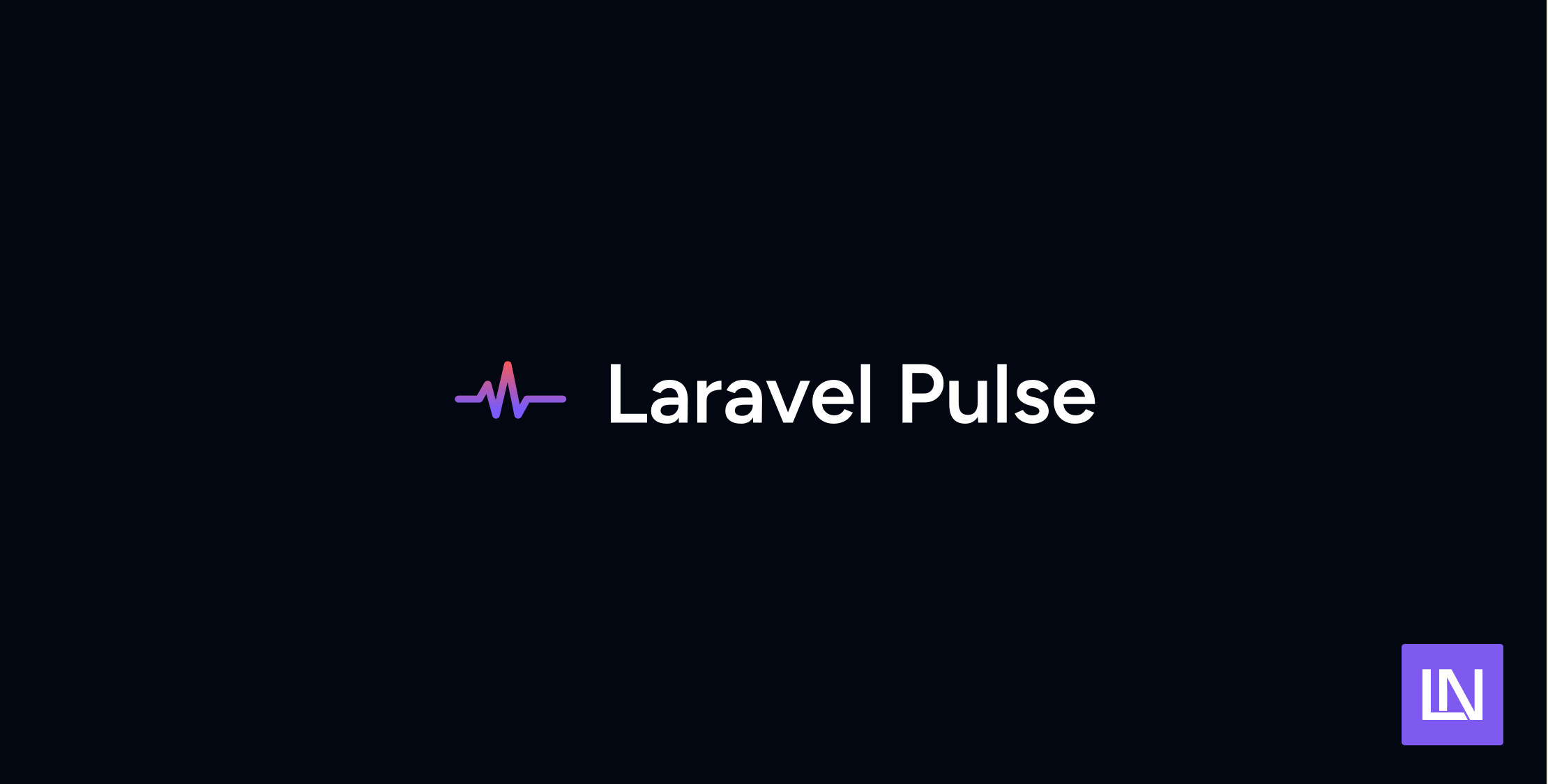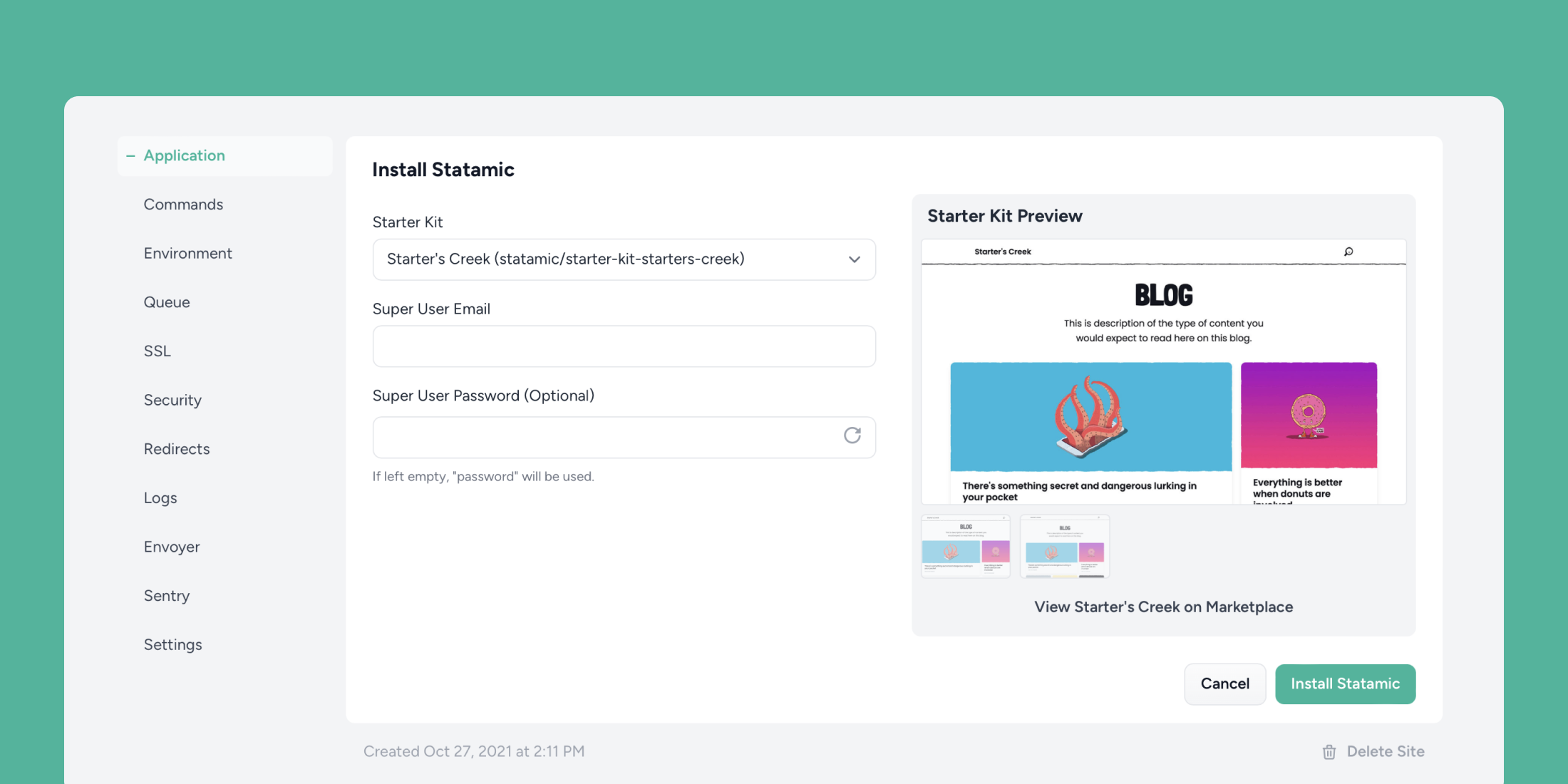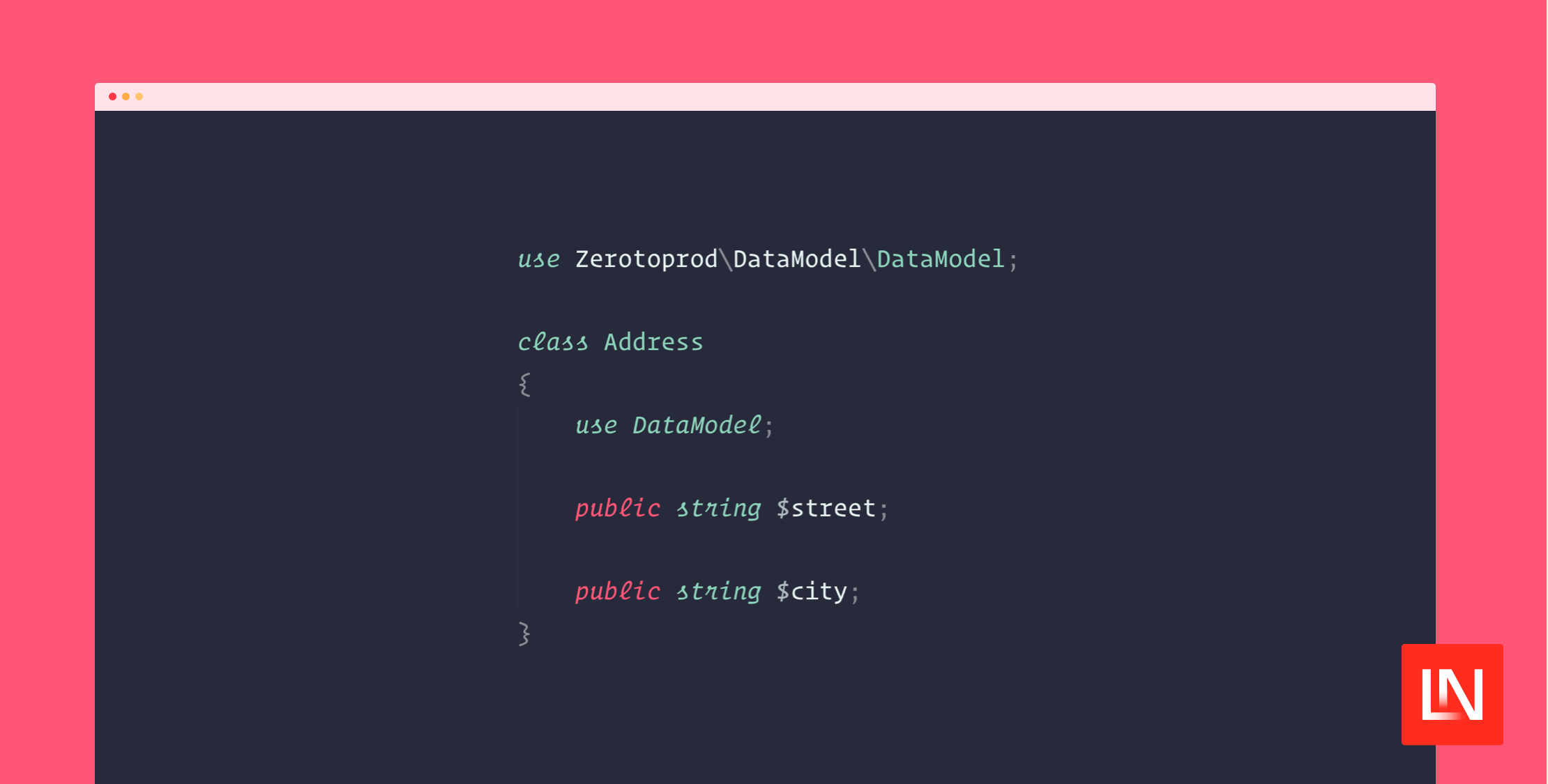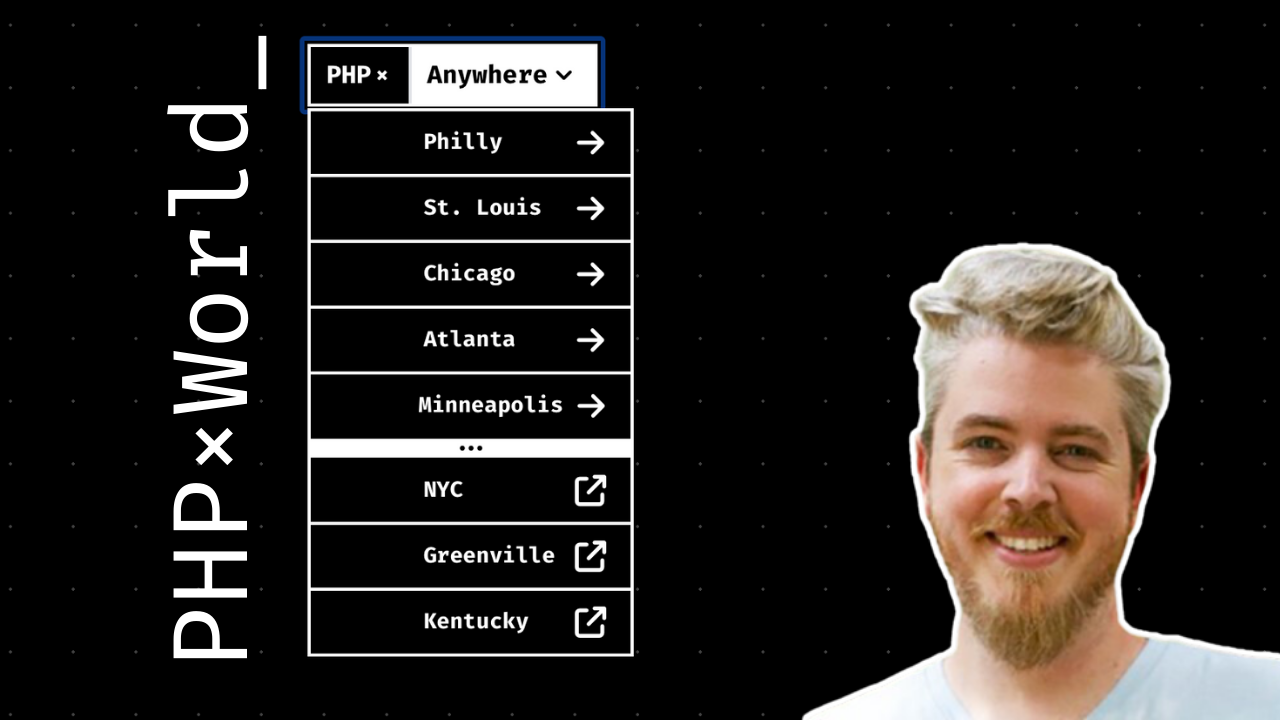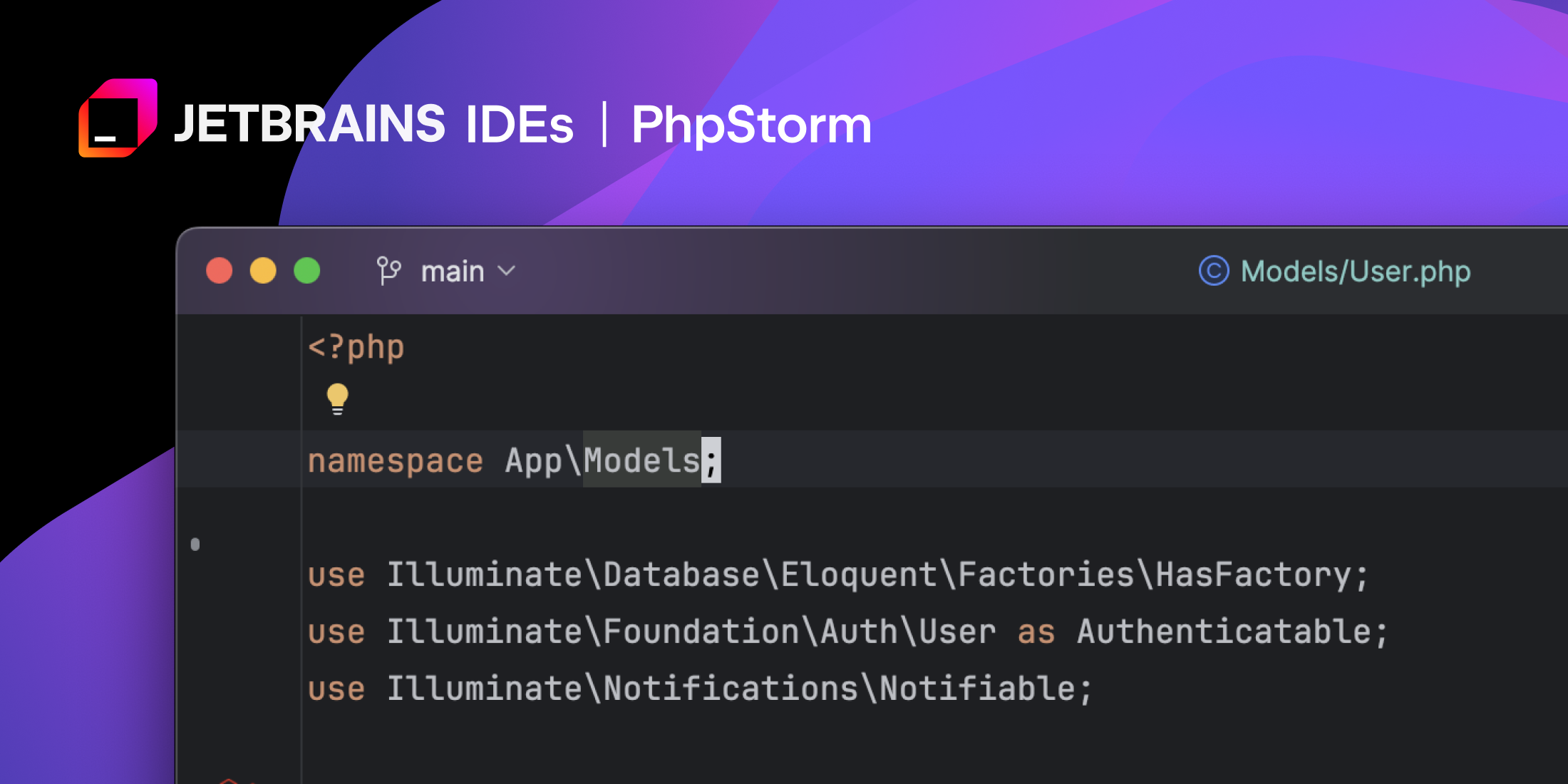With the Laravel Blade CLI package, you can use the Blade engine to render files from the command line. This package doesn't support 100% of all Blade directives you might be familiar with in Laravel but does support common ones like @if, @else, @foreach, @forelse, @while, etc.
Give the following example file from the readme:
name: {{ $name }}relationship: {{ $relationship }}favorite_food: {{ $favoriteFood }}@if($includeAddress)address: "123 example lane"@endifYou can render that file using the CLI:
blade render ./person.yml \ --name="Bob" \ --relationship="Uncle" \ --favorite-food="Pizza" \ --include-address \ --save-directory="build/"Which will save the file at ./build/person.yml
Installing this project globally via composer gives you access to the blade CLI command. However, you can also use the code directly from this package:
use BladeCLI\Blade;use Illuminate\Container\Container;use Illuminate\Filesystem\Filesystem; $blade = new Blade( container: new Container, filesystem: new Filesystem, filePath: '/path/to/file/to/render', options: [ 'force'=> true, // force overwrite existing rendered file 'save-directory'=>'save-to-dir' // optional directory to save rendered file to. Default is current directory. ]); // render the file with this data/vars$blade->render([ 'var'=>'example']);You can also pass data to the template via JSON using the --from-json flag, which accepts a path to a JSON file. Finally, you can use this package to process an entire directory of templates:
php blade render templates/ --some-data=foo --forceYou can learn about this package, get full installation instructions, and view the source code on GitHub.

